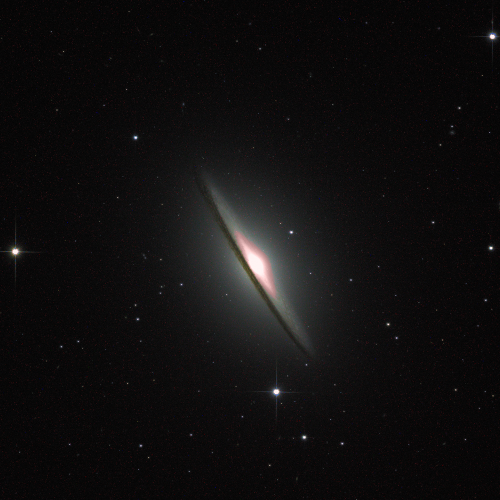Rocket Lab successfully launches two NASA hurricane monitoring cubesats
Rocket Lab’s Electron rocket today successfully placed NASA’s two Tropics hurricane monitoring cubesats into orbit, lifting off from New Zealand ((May 8th New Zealand time).
This is the first of two Rocket Lab launches to get the entire four-satellite Tropics constellation into orbit, with the second schedule for two weeks from now.
The leaders in the 2023 launch race:
29 SpaceX
16 China
6 Russia
4 Rocket Lab
American private enterprise now leads China 33 to 16 in the national rankings, and the entire world combined 33 to 28.
Rocket Lab’s Electron rocket today successfully placed NASA’s two Tropics hurricane monitoring cubesats into orbit, lifting off from New Zealand ((May 8th New Zealand time).
This is the first of two Rocket Lab launches to get the entire four-satellite Tropics constellation into orbit, with the second schedule for two weeks from now.
The leaders in the 2023 launch race:
29 SpaceX
16 China
6 Russia
4 Rocket Lab
American private enterprise now leads China 33 to 16 in the national rankings, and the entire world combined 33 to 28.














